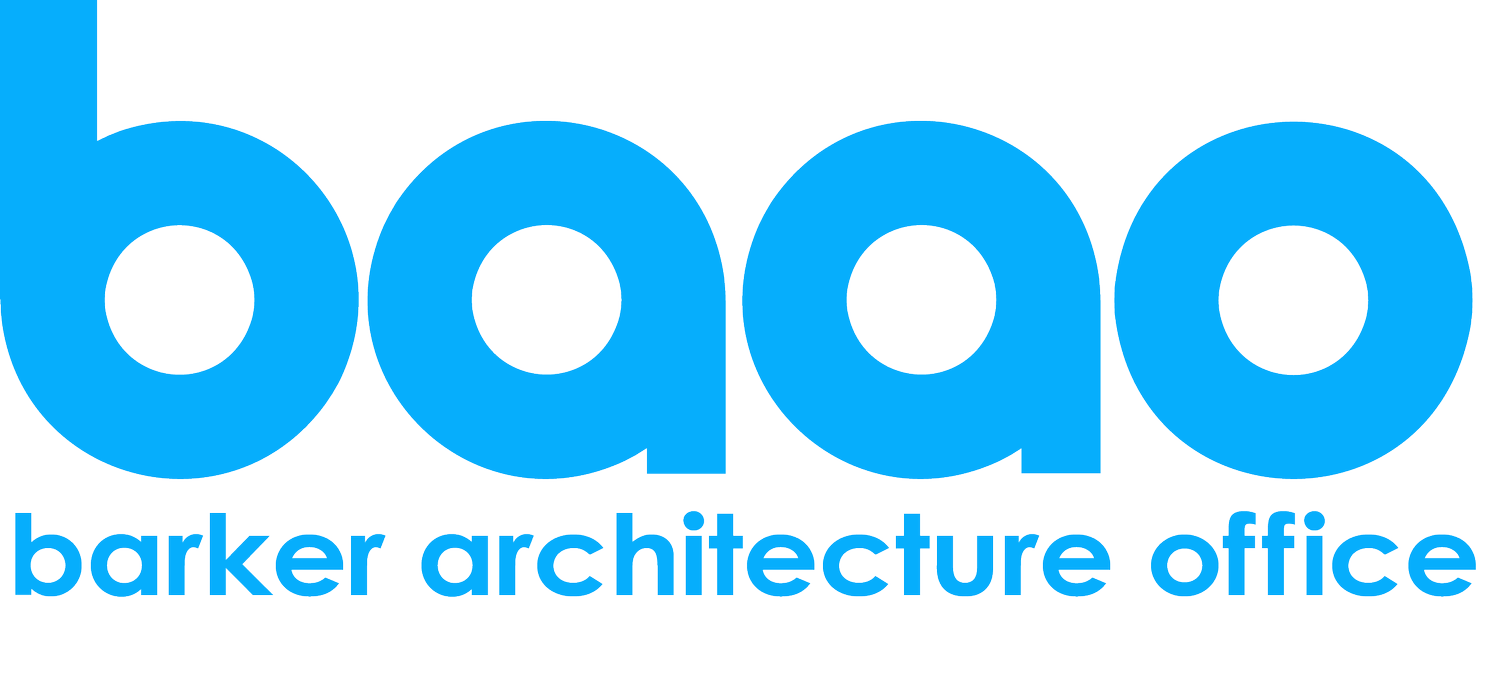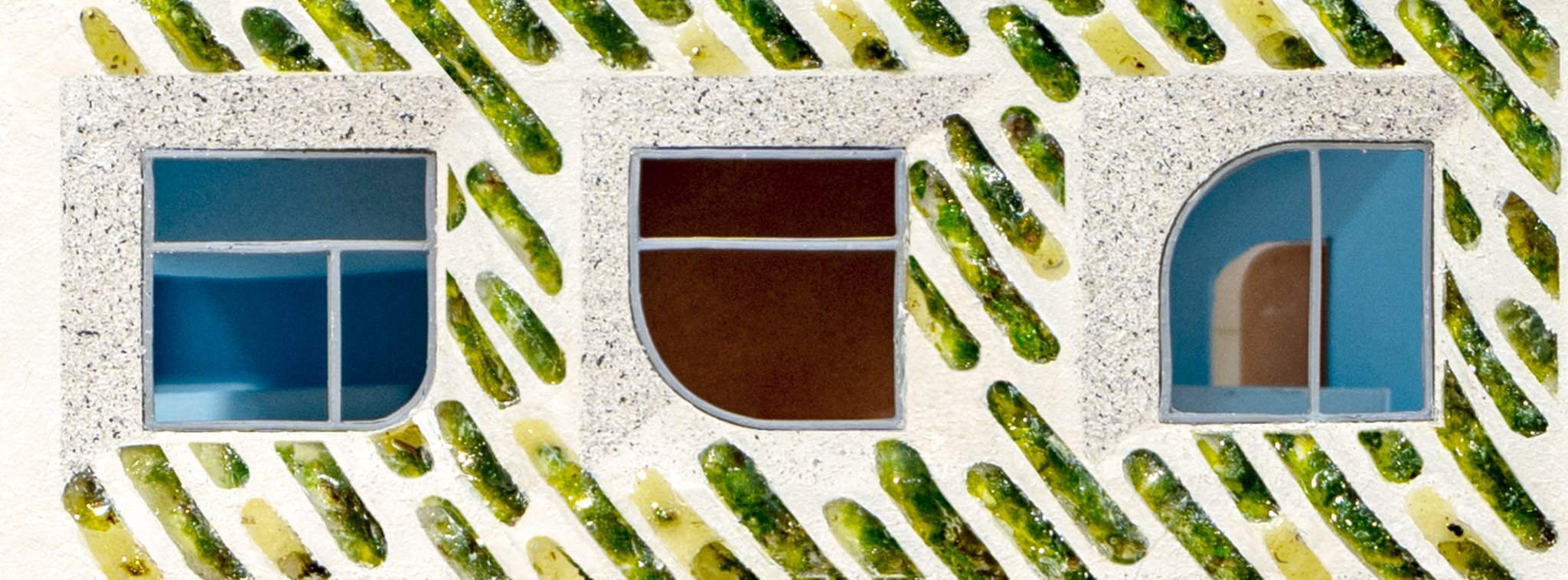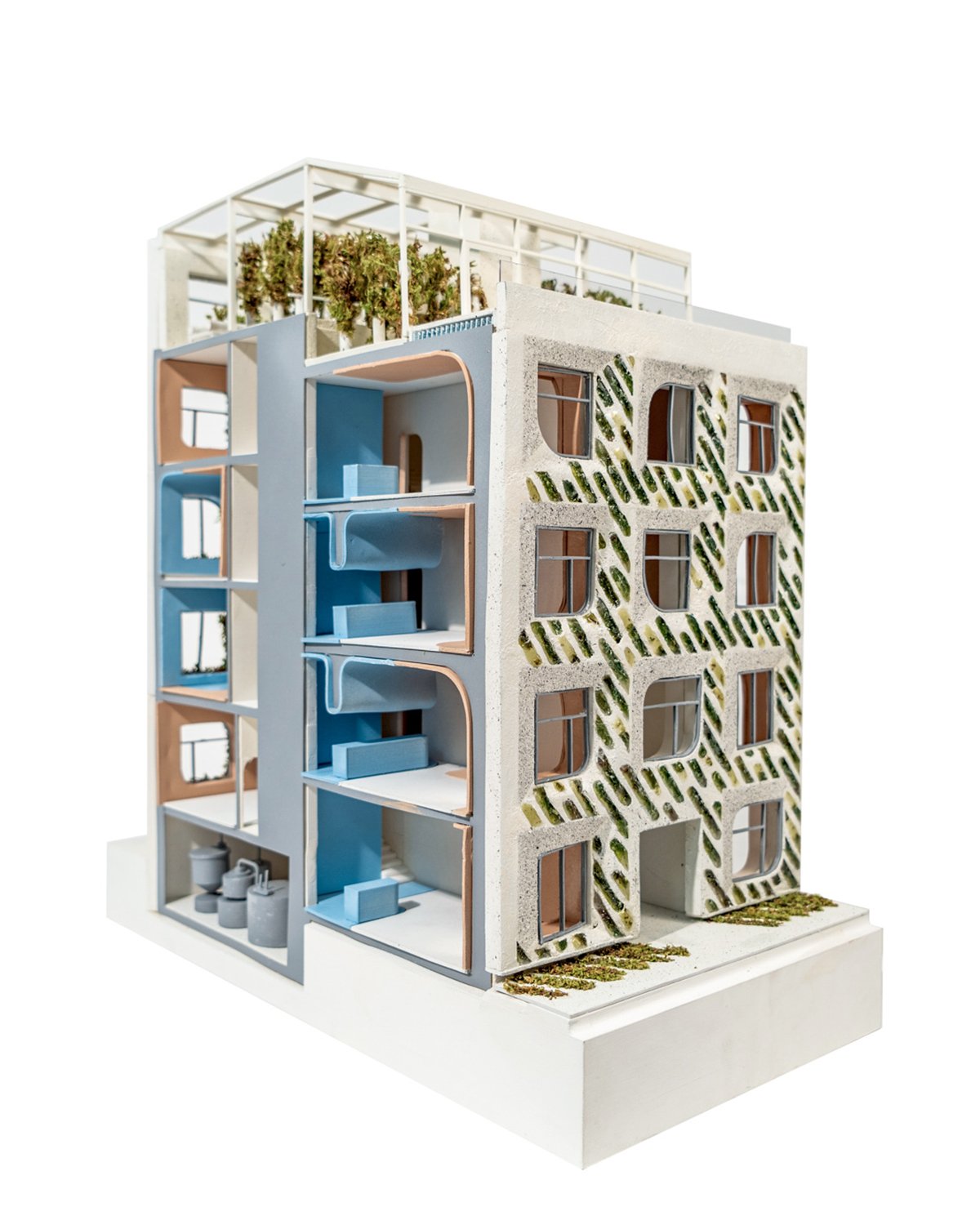Enveloping Grounds
Typical building envelopes constructed of concrete and steel make a large contribution to the embodied carbon footprint of a building. Building envelopes also play key roles in the regulation of the building’s energy consumption and operational carbon. This project proposes to invert this narrative by proposing a retrofit system for existing residential building envelopes to reduce their carbon footprint by providing energy-generating capabilities that can feed back into the grid. The means through which this is approached is to introduce a vegetative system that uses building-generated compost to promote algal growth that can be harvested for fuel. A hempcrete paneling system embedded with algae is mounted to the face of an existing residential building. Water is supplied by a blue roof system retrofitted to the existing roof that captures rainwater and feeds it into a subterranean cistern. Water and fertilizer are also used to support an indoor top floor hydroponic vegetable garden that provides food for the residents.
The building envelope components are detailed to comply with Passive House requirements. hempcrete is a carbon-storing biocomposite with insulating properties that is ideal as a retrofit façade material. Algae tubes are cast into the panels and a high performance vapor barrier seals all gaps around triple-glazed windows. Insulation is layered over the existing cellar slab and roofing membrane.
The cast tubes are organized to capture south-facing light and create a graphic pattern that changes depending on one’s approach to the building.
Location:
Brooklyn, New York
Image Credit:
BAAO













